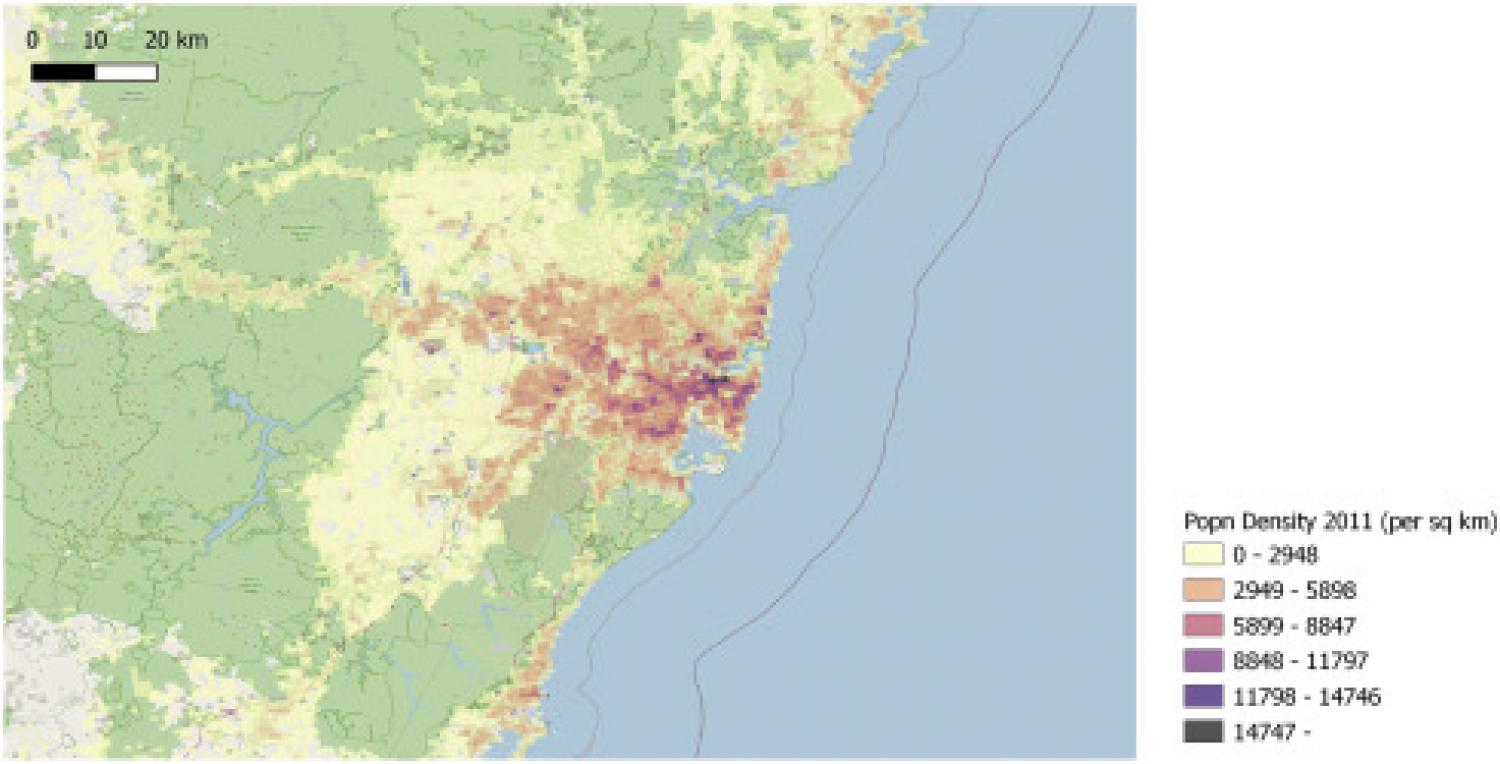
The gradual emergence of the city and its influence on the behaviours and interactions of its inhabitants has resulted both risks and benefits to populations. A key risk related to cities is the potential for large outbreaks of infectious disease, driven by the unique features of life in cities. Innovations that have contributed to improving the public health of populations in cities – such as sanitation, sewerage, hygiene measures, hospitals and many others – have allowed the growth of very large cities over recent centuries. In this article resilience and vulnerability factors that contribute to the effectiveness of both epidemic prevention and epidemic response in cities are discussed. Utilising Smallpox (Variola major) a pathogen that has caused significant historical pandemics often focused in and around cities, an evaluation and comparison of the resilience and vulnerabilities to a major epidemic of two modern industrialised cities - Sydney, Australia and Phoenix, Arizona – to major outbreak is outlined.
